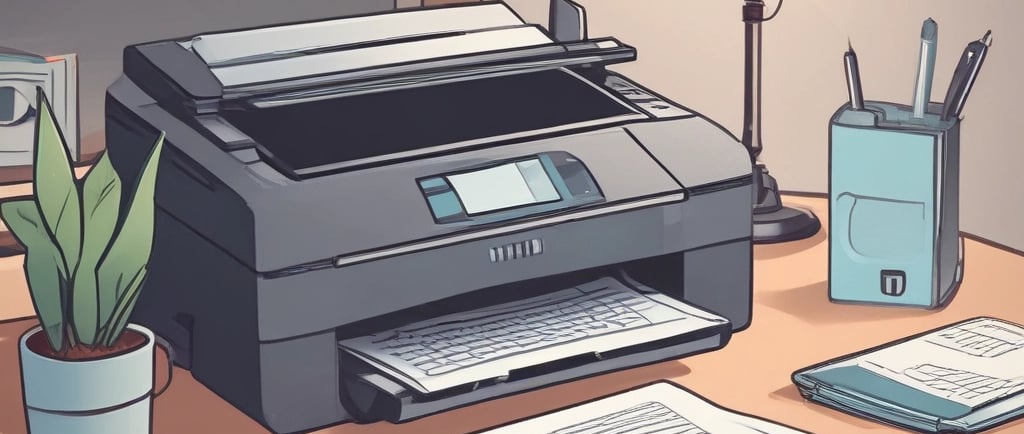Troubleshooting Guide: Fixing Printer Connectivity Issues
Printer won’t connect? Get step-by-step tech help for fixing Wi-Fi and USB printer issues—check cables, update drivers, and restore connection fast.
AskBullfrog Team
8/17/20252 min read


Introduction
In today’s digital age, printers are essential for work, school, and home use. But few things are more frustrating than a printer that won’t connect. Whether you’re using a Wi-Fi or USB printer, connection issues can bring productivity to a halt. This guide provides step-by-step tech help to get your printer back online—without calling in a pro.
Step 1: Check Physical Connections
USB Printers: Make sure the cable is firmly plugged into both the printer and your computer. Check for frayed or bent ends—damaged cables often cause connection issues.
Wi-Fi Printers: Confirm the printer is powered on and connected to the correct wireless network. Weak signals can cause dropouts.
Step 2: Restart Devices
A simple restart often fixes connectivity problems.
Power off your printer and unplug it.
Restart your computer and Wi-Fi router.
Wait 30 seconds, then plug the printer back in and turn it on.
This refresh clears temporary glitches and allows devices to re-establish communication.
Step 3: Update Drivers and Software
Outdated or corrupted drivers are a common cause of printer problems.
Visit the manufacturer’s website (HP, Canon, Epson, Brother, etc.)
Download and install the latest drivers for your exact printer model
Keep your operating system up-to-date
Step 4: Check Network Settings (Wi-Fi Printers)
Your printer and computer must be on the same Wi-Fi network.
Open the printer’s control panel to verify the network name (SSID).
If it’s incorrect, reconnect to the right network.
For weak Wi-Fi, move the printer closer to your router or consider a Wi-Fi extender.
Step 5: Run a Printer Diagnostic
Most modern printers have built-in diagnostics. These tools can:
Run a connectivity test
Detect common issues
Suggest quick fixes
Check your printer’s manual or settings menu for the diagnostics option.
Step 6: When to Replace
If none of these steps work, it may be time to consider replacement. Signs it’s time:
Multiple cable replacements don’t help
Printer frequently disconnects
Repair costs exceed the price of a new printer
Investing in a modern printer often means better speed, wireless reliability, and ink efficiency.
Conclusion
Printer connectivity issues are frustrating, but they’re often simple to solve. By checking cables, restarting devices, updating drivers, verifying network settings, and running diagnostics, you can usually restore your printer connection quickly. If not, replacement may be the most cost-effective option.
👉 Bookmark AskBullfrog for more easy tech help tips and troubleshooting guides!